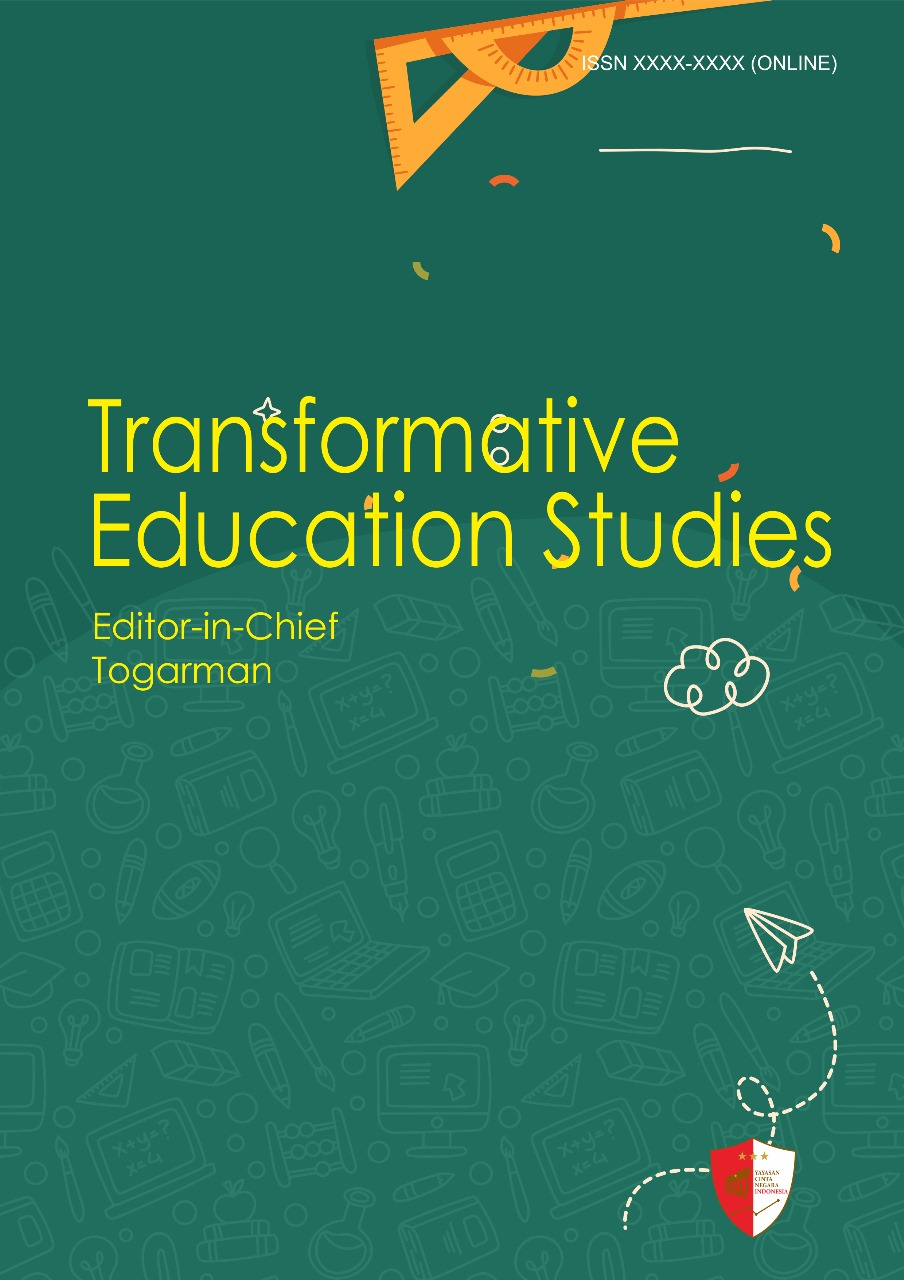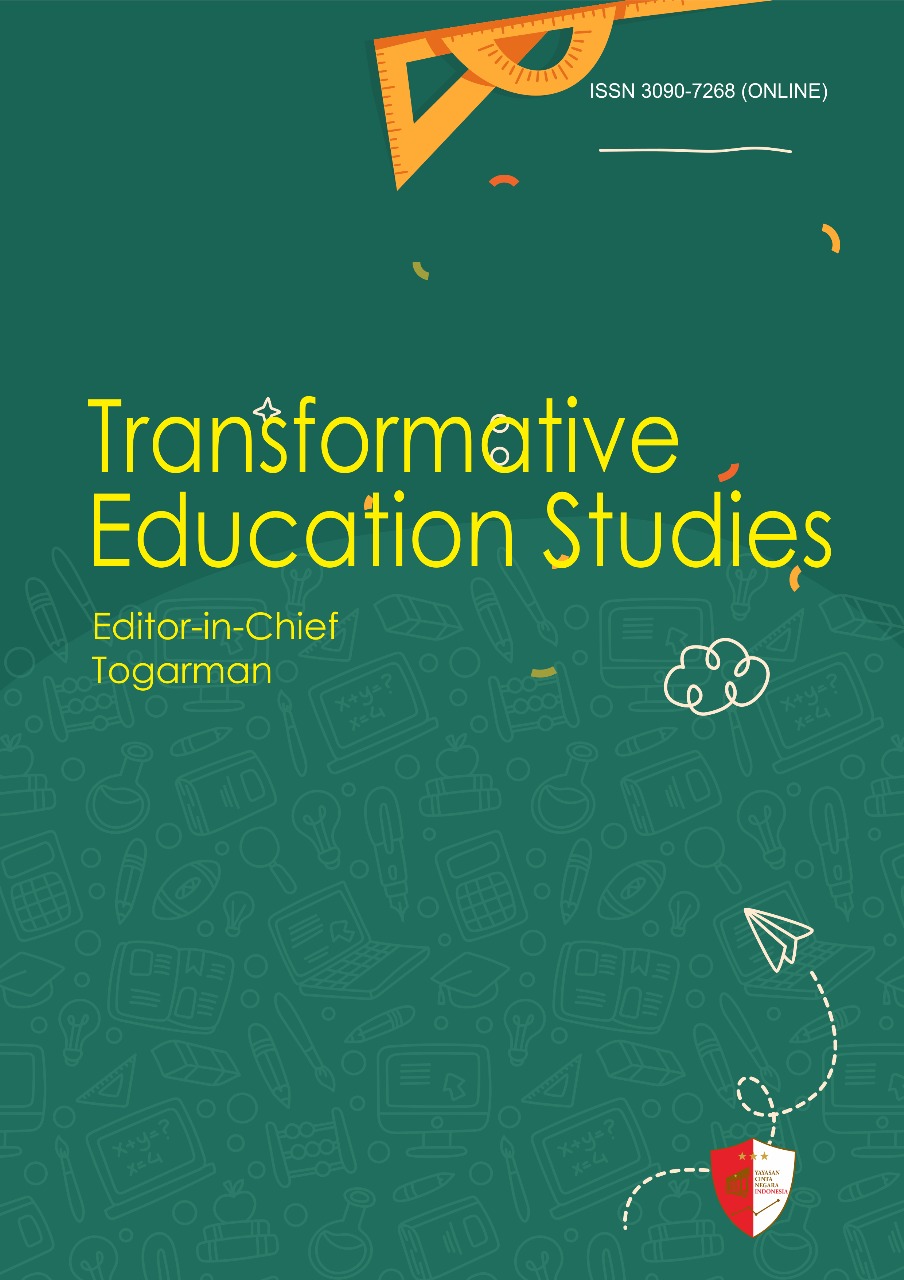Effect of Active Learning Methods on the Academic Achievement of Secondary School Students
Keywords:
Academic Achievement, Active Learning, Instructional Strategies, Secondary Education, Student EngagementAbstract
This study investigates the effect of active learning methods on the academic achievement of secondary school students. Traditional teacher-centered approaches have long dominated classroom instruction, often limiting student engagement and critical thinking. In contrast, active learning emphasizes student participation, collaboration, and hands-on activities, which are hypothesized to enhance understanding and retention. The research employed a quasi-experimental design involving 180 secondary school students across three public schools. Participants were divided into control and experimental groups, with the control group receiving conventional instruction and the experimental group exposed to active learning strategies such as group discussions, problem-based learning, peer teaching, and interactive simulations over a 10-week period. Pre- and post-tests measuring academic achievement in core subjects (mathematics, science, and language arts) were administered to assess learning gains. Data analysis using ANCOVA revealed statistically significant improvements in the academic performance of students in the experimental group compared to those in the control group (p < 0.05). Qualitative observations further indicated increased motivation, engagement, and collaborative skills among students exposed to active learning. These findings suggest that active learning methods can positively influence academic outcomes and support the development of 21st-century skills. The study recommends integrating active learning strategies into the secondary school curriculum and providing professional development for teachers to effectively implement these methods. Future research should explore the long-term effects of active learning and its impact across diverse student populations and subject areas. This study contributes to the growing body of evidence advocating for more dynamic and student-centered approaches in education
References
Abdurrahman, M. (2012). Pendidikan bagi anak berkesulitan belajar. Rineka Cipta.
Afandi, R., Chamalah, E., & Wardani, O. P. (2013). Model dan metode pembelajaran di sekolah. UNISSULA Press.
Bonwell, C. C., & Eison, J. A. (1991). Active learning: Creating excitement in the classroom. ASHE-ERIC Higher Education Report No. 1.
Brown, H. D. (2007). Teaching by principles: An interactive approach to language pedagogy (3rd ed.). Pearson Longman.
Bruffee, K. A. (1999). Collaborative learning: Higher education, interdependence, and the authority of knowledge. Johns Hopkins University Press.
Chandra, R., & Watters, J. J. (2012). Re-thinking physics teaching with non-traditional methods. Teaching Science, 58(1), 17–25.
Damayanti, F. (2018). Pengaruh metode pembelajaran aktif terhadap hasil belajar siswa SMA pada mata pelajaran biologi. Jurnal Pendidikan Biologi, 9(2), 45–51.
Dufresne, R. J., Gerace, W. J., Leonard, W. J., Mestre, J. P., & Wenk, L. (1996). Classtalk: A classroom communication system for active learning. Journal of Computing in Higher Education, 7(2), 3–47.
Eggen, P., & Kauchak, D. (2012). Strategies for teachers: Teaching content and thinking skills (6th ed.). Pearson.
Eison, J. (2010). Using active learning instructional strategies to create excitement and enhance learning. Journal of Excellence in College Teaching, 21(3), 5–18.
Freeman, S., Eddy, S. L., McDonough, M., Smith, M. K., Okoroafor, N., Jordt, H., & Wenderoth, M. P. (2014). Active learning increases student performance in science, engineering, and mathematics. Proceedings of the National Academy of Sciences, 111(23), 8410–8415.
Haris, A., & Nursalam, N. (2017). Penerapan metode pembelajaran aktif tipe card sort untuk meningkatkan hasil belajar siswa. Jurnal Pendidikan, 18(1), 32–40.
Hosnan, M. (2014). Pendekatan saintifik dan kontekstual dalam pembelajaran abad 21. Ghalia Indonesia.
Johnson, D. W., Johnson, R. T., & Smith, K. A. (2013). Active learning: Cooperation in the college classroom. Interaction Book Company.
Joyce, B., Weil, M., & Calhoun, E. (2011). Models of teaching (8th ed.). Pearson.
Kemendikbud. (2013). Permendikbud No. 81A Tahun 2013 tentang Implementasi Kurikulum 2013. Jakarta: Kementerian Pendidikan dan Kebudayaan.
Kusnadi, D. (2019). Efektivitas metode pembelajaran aktif terhadap prestasi belajar siswa kelas XI SMA Negeri 1 Surakarta. Jurnal Inovasi Pendidikan, 6(1), 67–75.
Majid, A. (2014). Strategi pembelajaran. Remaja Rosdakarya.
McCarthy, J. P., & Anderson, L. (2000). Active learning techniques versus traditional teaching styles: Two experiments from history and political science. Innovative Higher Education, 24(4), 279–294.
Michael, J. (2006). Where’s the evidence that active learning works? Advances in Physiology Education, 30(4), 159–167.
Mills, J. E., & Treagust, D. F. (2003). Engineering education—Is problem-based or project-based learning the answer? Australasian Journal of Engineering Education, 3(2), 2–16.
Nana Sudjana. (2009). Penilaian hasil proses belajar mengajar. Remaja Rosdakarya.
Prince, M. (2004). Does active learning work? A review of the research. Journal of Engineering Education, 93(3), 223–231.
Purwanto, N. (2011). Evaluasi hasil belajar. Remaja Rosdakarya.
Rusman. (2012). Model-model pembelajaran: Mengembangkan profesionalisme guru. RajaGrafindo Persada.
Slavin, R. E. (2009). Educational psychology: Theory and practice (9th ed.). Pearson Education.
Sugiyono. (2019). Metode penelitian pendidikan: Pendekatan kuantitatif, kualitatif, dan R&D. Alfabeta.
Suhardi, A. (2020). Pengaruh kecerdasan emosional terhadap interaksi guru dan siswa di sekolah dasar. Jurnal Psikologi Pendidikan Dasar, 11(1), 99–108.
Syafrudin, A. (2021). Emotional intelligence of primary school teachers: A key to student-centered learning. Journal of Elementary Education, 15(3), 233–241.
Yuliana, L., & Hidayat, D. (2023). Kecerdasan emosional guru dan dampaknya terhadap kualitas pembelajaran di SD. Jurnal Riset Pendidikan Dasar, 8(1), 45–54
Downloads
Published
Issue
Section
License
Copyright (c) 2025 Henrik Pransius (Author)

This work is licensed under a Creative Commons Attribution-NonCommercial 4.0 International License.





